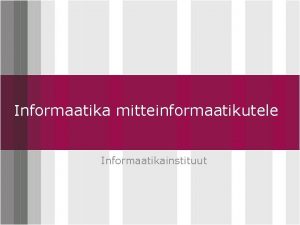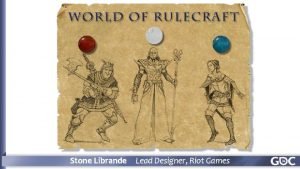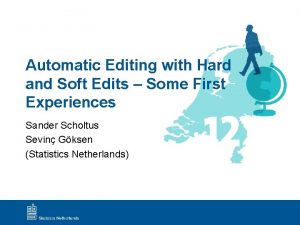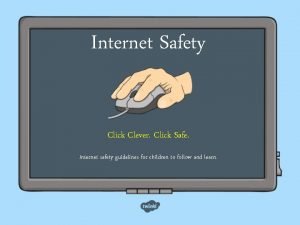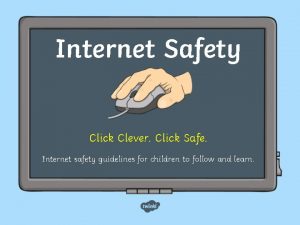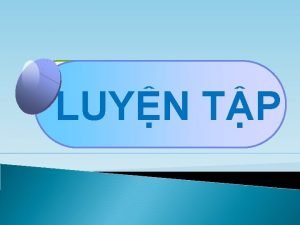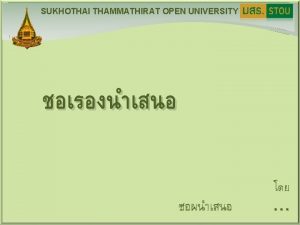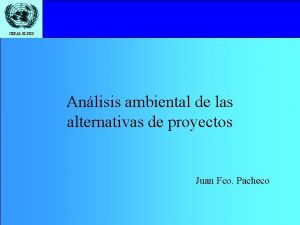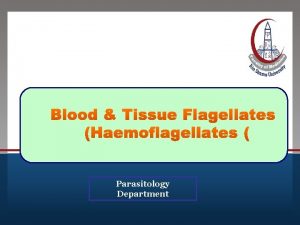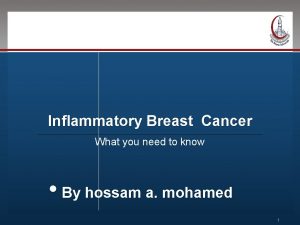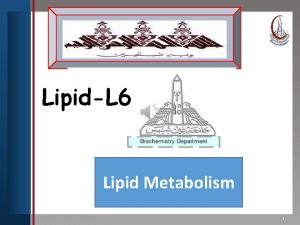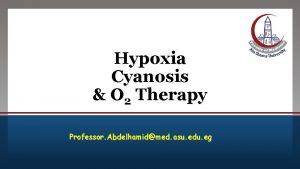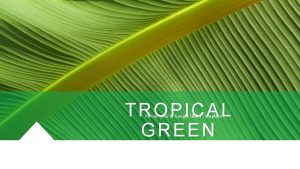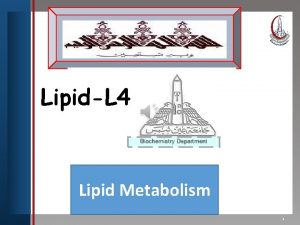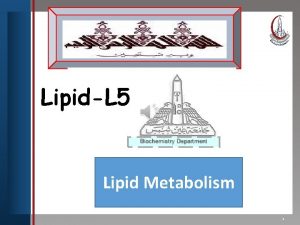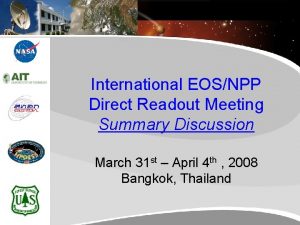Click to edit Master title style Click to














- Slides: 14

Click to edit Master title style • • • Click to edit Master text styles Long-term trend analysis of Second level aerosol parameters at the Third level Fourth level. Jungfraujoch Fifth level Martine COLLAUD COEN, Meteo. Swiss, Switzerland Ernest WEINGARTNER, Stephan NYEKI and Urs BALTENSPERGER, Paul Scherrer Institute, Switzerland 9/15/2020 martine. collaud@meteoswiss. ch 1 1

The Sphynx station at the Jungfraujoch Click to edit Master title style • • • Click to edit Master text styles Second level • 3580 m asl • GAW station Third level • Partially in free troposphere (FT) Fourth level • Influenced by PBL Fifth level • Remote, aged particles • 40% in-cloud 9/15/2020 2 2

Aerosol parameters to edit Master title style at Click the Jungfraujoch: 1995 -2005 • Scattering Click coefficient to edit Master text styles Nephelometer (TSI 3563) at = 450, 550, 700 nm • Backscattering Second level coefficient Nephelometer (TSI 3563) = 450, 550, 700 nm s • at Third level l o s fraction ratio o • Backscattering Fourth level r at = 450, 550, 700 nm e a • Scattering Fifth level exponent fit y Absorption coefficient at 7 : 370 nm 950 nm Condensation Nuclei 9/15/2020 r d Spectrum Aethalometer (AE 31) CN CPC (TSI 3010) 3 3

10. 5 years of measurement Click to (1995 -2005) edit Master title • • • Click to edit Master text styles Second level Third level Fourth level Fifth level 9/15/2020 style Daily median Monthly RM Yearly RM 4 4

Seasonal Mann-Kendall test Click to edit Master title style The Mann-Kendall test is based on rank and allows to determine if a trend exists at a chosen confidence limit. • Click to edit Master text styles • Second level • It is a non parametric test that can therefore be applied to all distributions • Third level • Seasonality are taken into account. • Fourth level • Missing values, ties in time (several measurements per season) and ties in • values arelevel allowed Fifth • The covariance is corrected by the Dietz and Killeen estimator. • The variance is corrected for data autocorrelation by the procedure described by Hamed and Rao (1998). 9/15/2020 5 5

Sen‘s slope. Master estimatortitle style Click to edit Sen‘s slope estimator is a non parametric estimate of the linear trend. • • Click to edit Master text styles It allows missing values and ties. Second level The Sen‘s slope is given by the median of all Aij, with Third level Fourth level j>i , ti<>tj Fifth level • Confidence limits at 90% have been evaluated (Gilbert 1998). 9/15/2020 6 6

Least mean square fit and number of Click to edit to Master title style years necessary detect the trend • Y(t) Click styles = to+ edit St +Master (t/12)text + Ut + Nt, t = 1, …n, • Second level Seasonal Stationnary auto-regressive LMQ fitcomponent: has been applied on the log of the datanoise when. AR(1): the data had a = constant Intervention trend slope St= • sin(2 t/365. 25) + Nt sin(4 t/365. 25)+ cos(2 t/365. 25) Third. Linear level lognormal =with Nt-1 + distribution. • Number Fourth level of years necessary to detect the estimated trend (Weatherhead, 2000) : • Fifth level 9/15/2020 7 7

LMQ fit of the monthly median of the Click to coefficient edit Master title scattering at 700 nmstyle Ln(scattering coef) • • • Click to edit Master text styles Second level Third level Fourth level Fifth level 9/15/2020 June-August November. December Slope= 4%/year Time 8 8

Results of the seasonal test title Click Mann-Kendall to edit Master Months 1 2 3 4 5 6 7 8 9 10 • Click to edit Master text styles • Second level Backscatt • Third level CN Abs • Fourth level Abs • Fifth level Scat white 11 style 12 Significant at 90% Positive slope Significant at 95% Positive slope Significant at 90% Negative slope Significant at 95% Negative slope Bfraction Scat exp 9/15/2020 9 9

Seasonal cycle of the scattering Click to edit Master title style coefficient • Click to edit Master text styles • Second level coef. level • Abs. Third coef level • Scat. Fourth • Fifth level 9/15/2020 10 10

Sen’s slope of the scattering Click to coefficients edit Master title • • • style Click to edit Master text styles Second level Third level Fourth level Fifth level Significant trends at 90% Significant trends at 95% 9/15/2020 11 11

Sen’s slope of the backscattering Click to edit Master title style fraction • • • Click to edit Master text styles Second level Third level Fourth level Fifth level Significant trends at 90% Significant trends at 95% 9/15/2020 12 12

Results of the LMQ: Click to edittrends Master title Significant at 95% • • • Click to edit Master text styles Second level 0. 21 Scattering coef. 2. 9 0. 33 4. 0 Third level 0. 35 3. 9 Fourth level 0. 18 Backscattering 3. 2 coef. 0. 24 4. 0 Fifth level style Slope of ln(data) Slope of data Nb of years n* %/year 0. 17 Backscattering fraction Scattering exp. 9/15/2020 10. 2 7. 6 7. 5 8. 9 7. 6 3. 5 8. 8 -2. 3 6. 5 -2. 6 6. 6 -2. 8 6. 6 5. 0 3. 7 13 13

Click to edit Conclusions Master title style The scattering coefficients have a positive significant trends of 3 • ☺ Click to edit Master text styles 4% yr-1. • Second level ☺ The autumn and winter are the periods with the most significant trends. level • Third There is level no trend in the summer months with the greatest PBL • ☺ Fourth influence. • Fifth level ☺ The particle size in the free tropospheric air masses decreases. ☺ Increase of aerosol background concentration. 9/15/2020 martine. collaud@meteoswiss. ch 14 14
